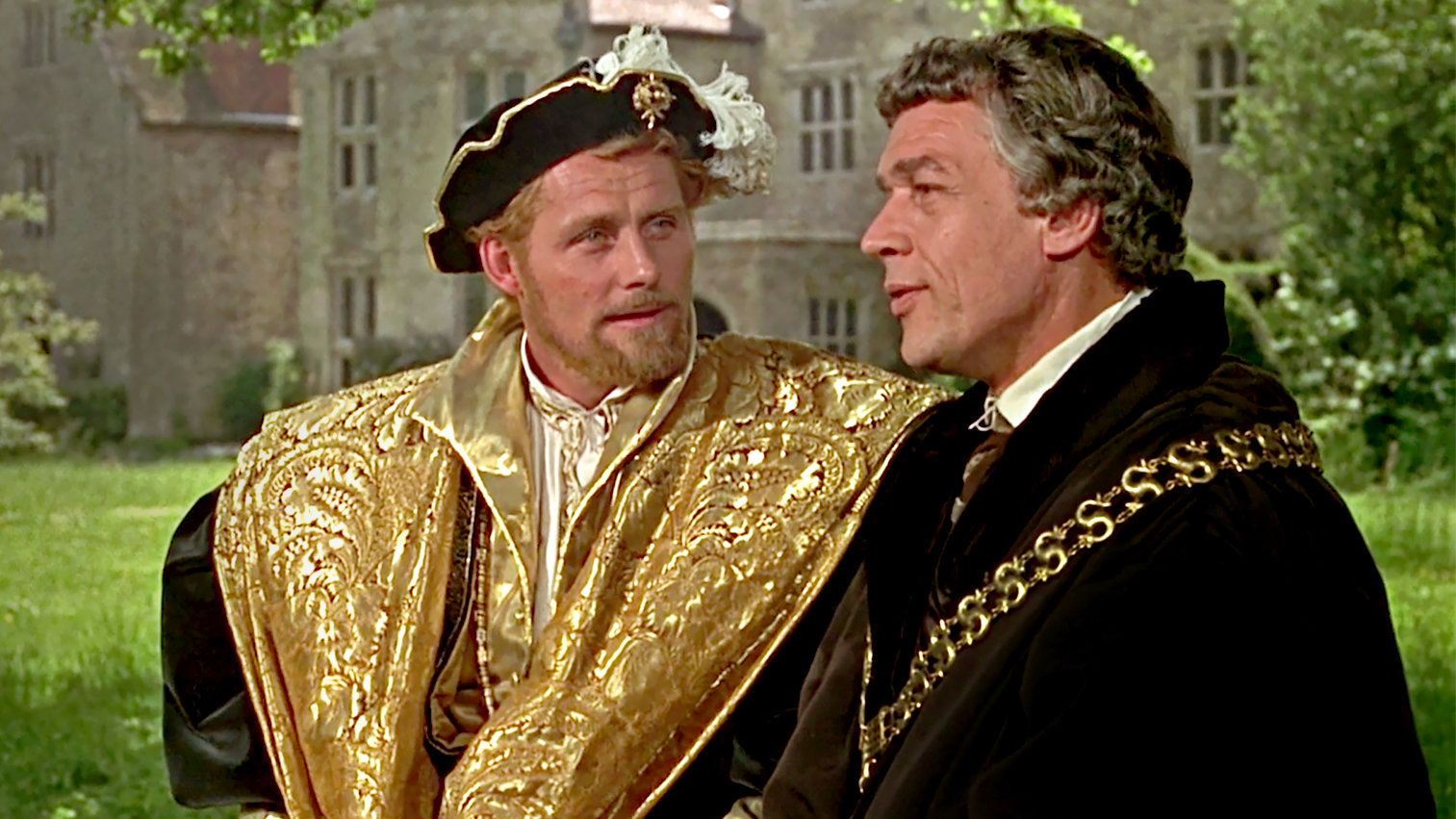
10 Interesting Facts and Figures About “A Man for All Seasons” (1966)
“A Man for All Seasons,” directed by Fred Zinnemann, is a classic British film that tells the compelling story of Sir Thomas More’s moral struggle against King Henry VIII’s desire to annul his marriage to Catherine of Aragon. This powerful drama, based on Robert Bolt’s play of the same name, showcases themes of integrity, conscience, and the conflict between personal beliefs and political power. Here are ten interesting facts and figures about this iconic film.
1. Academy Award Success
The film won six Academy Awards, including Best Picture, Best Director for Fred Zinnemann, and Best Actor for Paul Scofield, who portrayed Sir Thomas More. This recognition solidified its place as a cinematic masterpiece.
2. Historical Accuracy
The film is praised for its historical accuracy, drawing from detailed research about the life of Thomas More and the political climate of Tudor England. The screenplay closely follows Bolt’s stage adaptation, which itself is rooted in historical events.
3. Iconic Screenplay
Robert Bolt, who adapted his own stage play for the screen, received an Academy Award for Best Adapted Screenplay. His writing is noted for its powerful dialogue and moral dilemmas, which resonate with audiences even today.
4. Location Filming
Much of the filming took place at historic locations in England, including the actual site of More’s residence, Chelsea, and scenes at the picturesque Eton College, which provided an authentic backdrop for the film’s period setting.
5. Paul Scofield’s Performance
Paul Scofield’s portrayal of Thomas More is widely regarded as one of the greatest performances in film history. His ability to convey the depth of More’s character earned him significant acclaim and remains influential in acting circles.
6. The Role of Religion
The film explores the complex relationship between politics and religion, showcasing More’s unwavering faith in the face of royal pressure. This theme of conscience versus power resonates deeply with viewers and remains relevant in contemporary discussions.
7. Cinematic Techniques
Zinnemann utilized innovative cinematography techniques for the time, including the use of natural light and location shooting, which contributed to the film’s authenticity and visual appeal. The cinematographer, Ted Moore, played a key role in this aspect.
8. Cultural Impact
“A Man for All Seasons” has had a lasting cultural impact, inspiring numerous discussions on ethics, governance, and personal integrity. It has also been referenced in various forms of media, reflecting its significance in popular culture.
9. Box Office Performance
Despite its serious subject matter, the film performed well at the box office, grossing over $10 million in the United States alone. Its success helped to renew interest in historical dramas during the late 1960s.
10. Legacy and Adaptations
The film’s legacy continues, with it being adapted for various stage productions worldwide. Its exploration of moral courage in the face of political adversity remains a powerful narrative that resonates in today’s society.
Conclusion
“A Man for All Seasons” is more than just a film; it is a profound exploration of morality, integrity, and the human spirit. Its rich historical context, compelling performances, and significant accolades make it a timeless classic in British cinema. The themes it addresses continue to provoke thought and discussion, ensuring its place in the annals of film history for generations to come.
Discover more from Anglotees
Subscribe to get the latest posts sent to your email.
